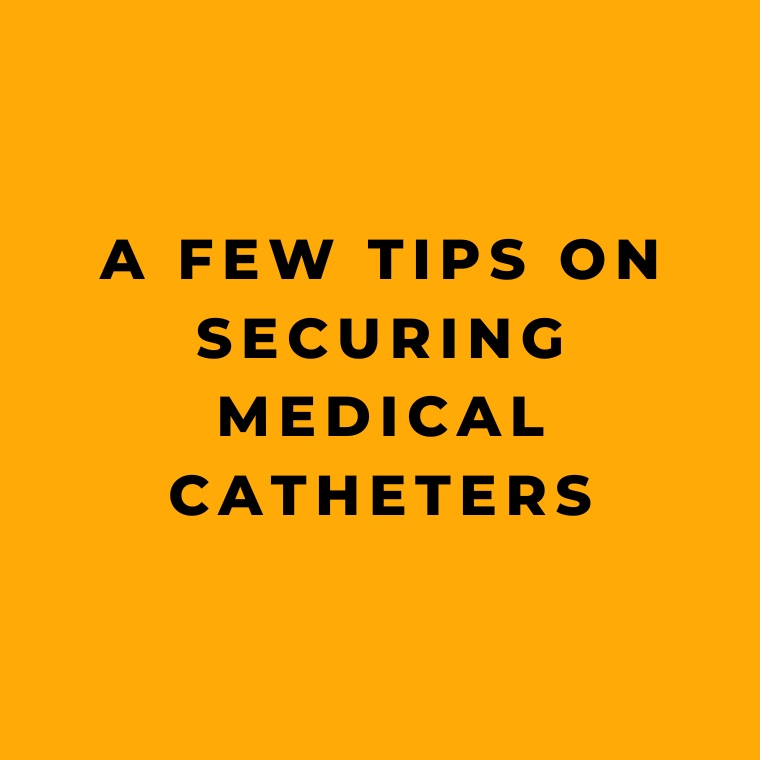What Are Medical Catheters?
So, what’s the deal with medical catheters, anyway? Well, these nifty tubes play a crucial role in the world of healthcare, delivering life-saving fluids and medications or draining excess liquids from our bodies. We’re talking about things like vascular access devices and chest drainage tubes.
But what kind of trouble can these medical contraptions cause for our hardworking healthcare professionals? You see, when it comes to putting in catheters for vascular access, a needle is needed for the job. That’s where things get a bit prickly – our healthcare heroes face the risk of an accidental needlestick. Sure, we’ve got those fancy-schmancy Sharps with Engineered Sharps Injury Protection (SESIPs) to help reduce the risk, but if those intravenous catheters aren’t properly secured, they can slip out of place and need to be reinserted.
Now, when it comes to securing vascular access devices and chest drainage tubes, the old-school method involved using sutures. Unfortunately, that meant our healthcare workers had to dance with danger, potentially getting jabbed by the suture needle. So, for those in the medical field working with catheters, the act of suturing presents its own needlestick hazards.
What Hazards Do Medical Catheters Pose to Healthcare Workers?
Now, who’s in the danger zone when it comes to needlesticks? Well, it’s the dedicated healthcare workers who take on the task of inserting and suturing medical catheters like vascular devices and chest tubes. We’re talking about doctors, nurses, physician assistants, and even emergency responders.
What Are the Options for Securing Medical Catheters?
So, what can be done to keep these medical tubes in check? The thing is, OSHA doesn’t mandate the use of specific gadgets or techniques. Instead, they trust the expertise of the professionals who work with catheters to size up each situation and decide the best way to keep those tubes in place while minimizing the risk of mishaps.
Traditionally, healthcare workers have relied on tape or sutures to anchor medical catheters. It’s common to see sutures used for central venous catheters, arterial catheters, and chest tubes. But we’re now seeing advancements in engineering controls, such as better adhesive products and securement devices, which could potentially make sutures a thing of the past and cut down on needlestick risks.
For those catheters that don’t need sutures to stay put, like peripheral intravenous catheters, healthcare workers typically turn to tape. It’s crucial to secure these tubes properly, as poor securement can lead to them coming loose. Luckily, there’s a whole range of tapes, adhesive products, and catheter securement devices to choose from. Picking the right products and mastering the best techniques can help keep catheters stable, reducing the likelihood of dislodgment and the subsequent need for reinsertion – along with its pesky needlestick risks.
What OSHA Requirements Cover Medical Catheters?
So, what does OSHA have to say about medical catheters? OSHA’s bloodborne pathogens standard (29 CFR 1910.1030) lays down the law for employers whose workers face occupational exposure to blood or other potentially infectious materials. Each year, employers need to evaluate and adopt safer medical devices that can help eliminate or minimize that exposure [See 29 CFR 1910.1030 (c)(1)(iv)(B)]. One way to tackle this is by using engineering controls that get rid of the need to suture medical catheters in place.
When assessing ways to cut down on needlesticks, employers must also review their options for securing medical catheters and think about the best engineering and work practice controls. And they can’t do it alone – they need to get input from non-managerial employees who provide direct patient care and face potential injuries from contaminated sharps [See 29 CFR 1910.1030(c)(1)(v)].
Now, where can you find more details on this topic?
For the lowdown on needlestick hazards and the full text of OSHA’s bloodborne pathogens standard, just head on over to OSHA’s website at:
https://www.osha.gov/bloodborne-pathogens
Conclusion
Well, folks, we’ve taken a little look at the world of medical catheters, explored the risks faced by our valiant healthcare workers, and discovered the nitty-gritty of OSHA’s regulations. It’s clear that securing these essential medical tubes is crucial to keeping everyone safe and healthy on the job Advancements in engineering controls and better adhesive products are paving the way for a future with reduced needlestick risks, making the lives of our healthcare heroes just a bit easier. As with any job, it’s all about using the right tools and techniques to get the best results – in this case, secure catheters and minimized hazards. So, let’s all appreciate the tireless efforts of our healthcare professionals and the ongoing improvements in the field.
References:










